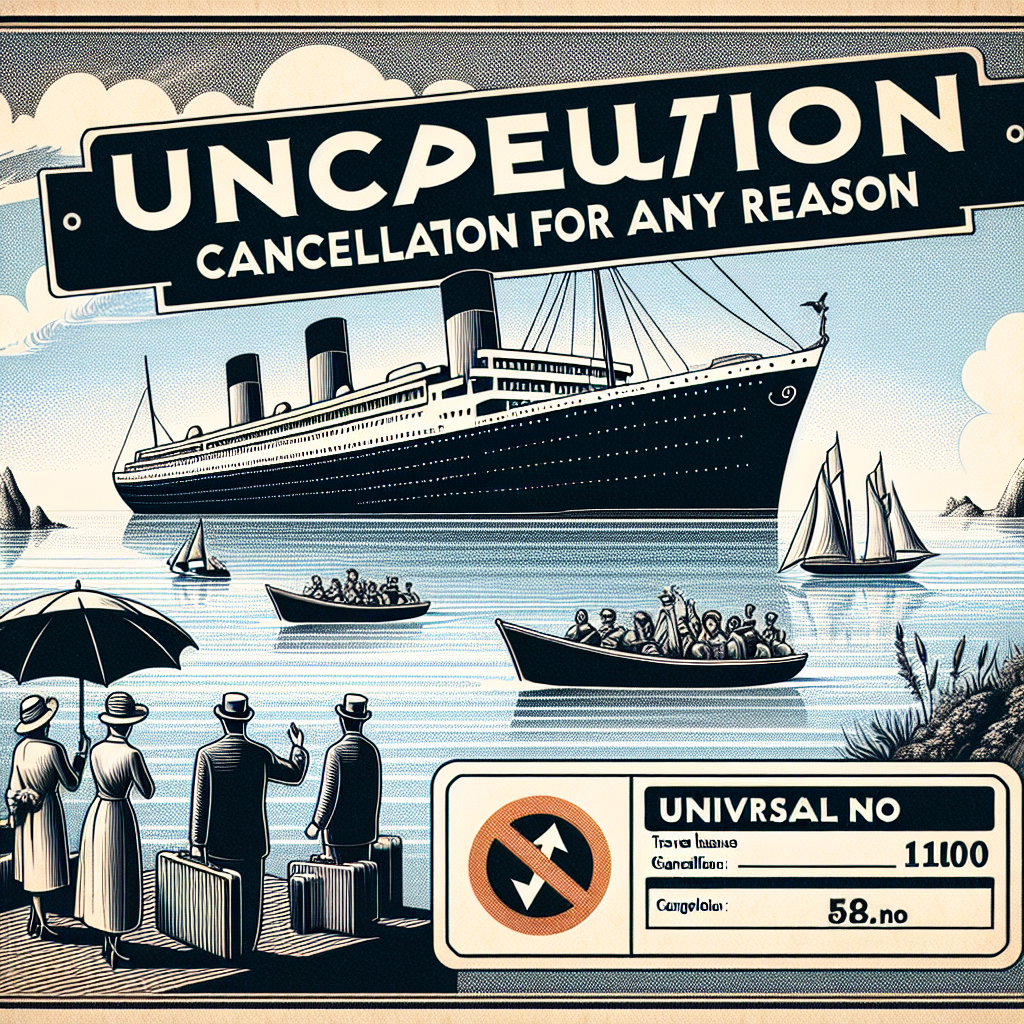Filed under Disability Insurance on
Understanding Disability Insurance for Pre-Existing Conditions

Disability insurance is often overlooked until it's needed, and for those with pre-existing conditions, the complexity increases significantly. Understanding how disability insurance interacts with pre-existing conditions is crucial for making informed coverage decisions. This guide will delve into what disability insurance entails, how pre-existing conditions come into play, and provide insight into securing coverage. We’ll also explore industry trends and expert opinions to give you a well-rounded understanding.
What is Disability Insurance?
Disability insurance is designed to replace a portion of your income if an illness or injury prevents you from working. It's a financial safety net that ensures you can meet your daily expenses even when your paycheck is halted. There are two main types of disability insurance: short-term and long-term. Short-term policies typically cover a portion of your salary for a few months up to a year, while long-term policies can extend for several years or even until retirement age.
Understanding Pre-Existing Conditions
Pre-existing conditions are health issues that were present before the start of an insurance policy. These can range from chronic diseases like diabetes or heart disease to past surgeries or treatments. Insurance providers consider these conditions when evaluating risk, often leading to higher premiums or exclusions in coverage.
How Pre-Existing Conditions Affect Disability Insurance
The impact of pre-existing conditions on disability insurance can be significant. Here’s how they typically affect your policy:
- Higher Premiums: Because individuals with pre-existing conditions are viewed as higher risk, insurance companies may charge more for coverage.
- Exclusions: Some policies may exclude coverage for disabilities related directly to pre-existing conditions.
- Waiting Periods: Insurers might impose extended waiting periods before the disability coverage kicks in for pre-existing conditions.
Securing Disability Insurance with Pre-Existing Conditions
Securing disability insurance when you have a pre-existing condition is not impossible, but it does require careful planning and understanding of the market.
Research and Compare Policies
The first step is thorough research. Comparing policies from different providers can help you find one that offers reasonable coverage and terms for your specific health situation. Online aggregator tools and insurance comparison websites can be invaluable resources for this process.
Consult with an Insurance Advisor
A knowledgeable insurance advisor can provide personalized advice and help find policies tailored to your needs. They can negotiate terms and assist in understanding complex policy language, ensuring you aren't caught off guard by exclusions or other limitations.
Consider Group Insurance Plans
If you’re employed, your company’s group insurance plan might offer more favorable terms compared to individual plans. Group plans often have less stringent health screenings, which can be advantageous for those with pre-existing conditions.
Improving Your Health Profile
Pursuing lifestyle modifications and regular medical treatment to manage your pre-existing conditions can sometimes improve your insurance application outcomes. Providing documentation of your condition being under control may convince insurers to offer better terms.
Checking State Regulations and Rights
State regulations differ widely in terms of how they deal with pre-existing conditions. Understanding your rights and the specific laws in your state can equip you with the knowledge necessary to navigate negotiations with insurers.
Industry Trends and Insights
The insurance industry is adapting to the growing demand for more inclusive policies. Here are some emerging trends:
- Expanded Coverage Options: Some insurers are beginning to offer more inclusive options that account for pre-existing conditions, recognizing the demand for wider access.
- Customized Policies: There's a noticeable shift towards customizing policies to fit individual needs, providing more flexibility for those with complex medical backgrounds.
- Technology and Underwriting: Advances in technology allow for more nuanced risk assessment, potentially leading to fairer premiums and broader coverage.
Expert Opinions
Many industry experts recommend taking proactive steps when dealing with disability insurance for pre-existing conditions. Jane Doe, a veteran insurance advisor, notes, "Being well-prepared with medical documentation and understanding your health's control status can greatly influence the outcome of your insurance application." Similarly, John Smith, from XYZ Insurance Group, emphasizes the importance of early engagement with insurers, stating, "Approach potential insurers with confidence and clarity on your medical history; this can often ease negotiations and open doors to better options."
Conclusion
Understanding disability insurance for pre-existing conditions involves navigating a complex landscape. However, with research, professional guidance, and awareness of industry trends, securing adequate coverage is attainable. Always compare different policies, and seek expert advice to tailor your insurance to reflect your specific needs and circumstances. Remember, disability insurance is not just a safety net but a critical aspect of financial planning, especially for those with pre-existing conditions.
By staying informed and proactive, you can manage the challenges posed by pre-existing conditions and ensure financial stability in the face of unforeseen events.





